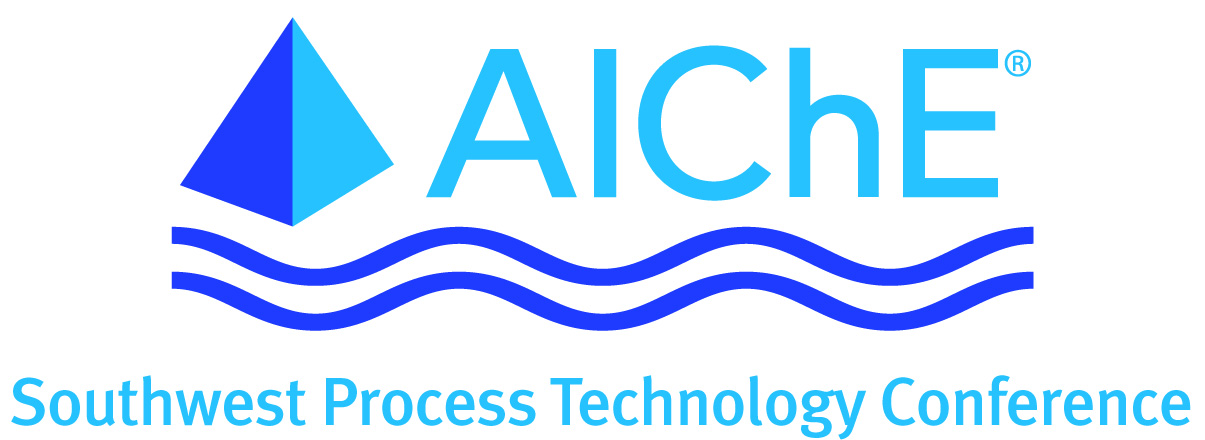

The pressure drop across a vapor phase packed bed reactor can increase with the degradation of the catalyst in the reaction. The pressure drop also depends on the flow rate and properties of the gas. The Ergun equation provides a good description for the relationship of the pressure drop with the flow rate and the gas properties. Its basic form includes a viscous resistivity and an inertial resistivity parameter that are respectively used for a linear and quadratic relationship of the flow rate to the pressure drop. These parameters change with time as the catalyst degrades. Growth in the viscous resistance tends to indicate more uniform degradation across the reactor bed while growth in the inertial resistance can be associated with more channeling of the flow. It is a challenge to fit both of these parameters and their changes with time using production data because production rates tend to not have much variation for long periods of time and the data is subjected to various sources of noise. This work looks at methods for tracking the changes in these parameters using production data for estimating the changes in these resistivity parameters.
